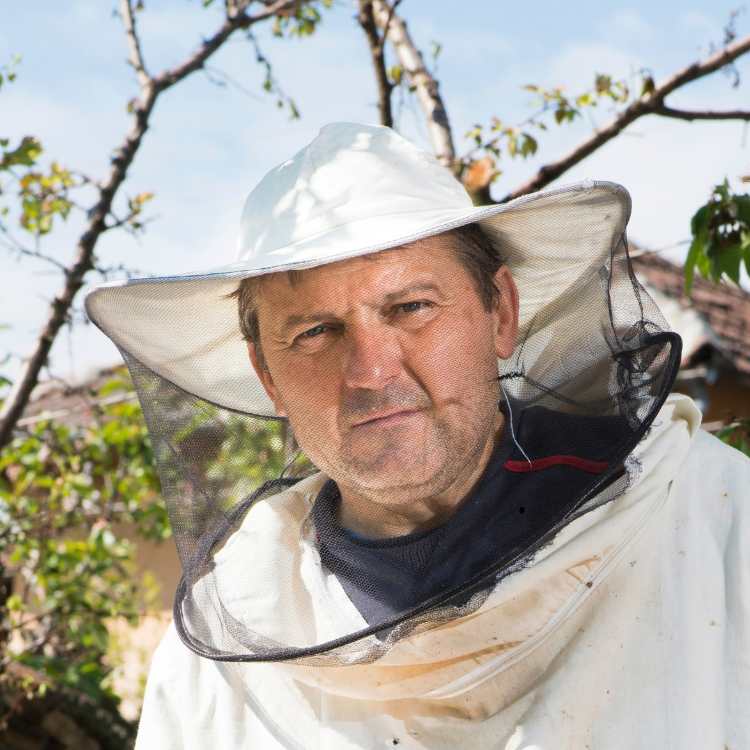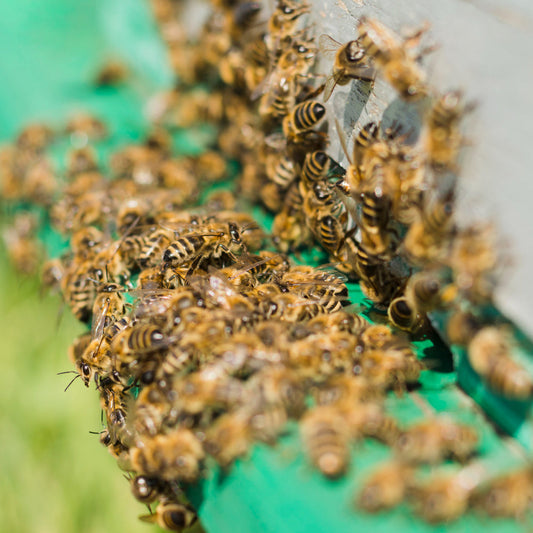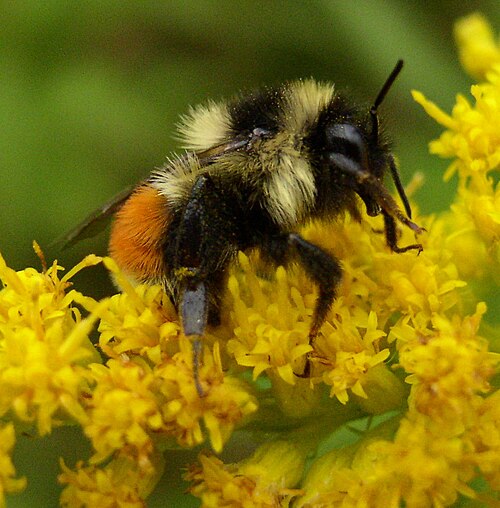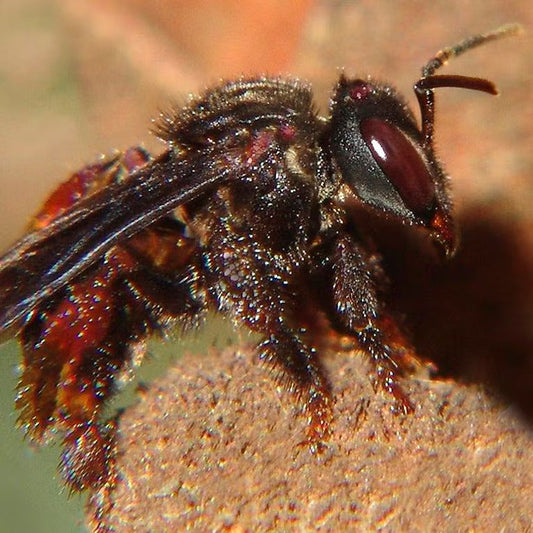Honey foam is a new cooking method that changes usual honey into a light and airy texture. This is perfect for unique presentations of food and special taste experiences. Many high-class restaurants now use it more frequently, as do many inventively experimental home cooks too.
Creating the Perfect Honey Foam
For honey foam creation, you mix honey with certain substances that help it stay stable. Then, by utilizing different methods, air is added to the mixture. This is something often performed by skilled cooks using professional tools but anyone at home can also make this foam easily just with basic utensils and approach.
Basic Recipe Components:
- Pure honey
- Stabilizing agents (gelatin, lecithin, or xanthan gum)
- Water or complementary liquids
- Optional flavorings
The Science Behind Honey Foam
The structure of honey foam at the molecular level is determined by a delicate balance between natural aspects of honey and elements that maintain stability. If appropriately made, these components cooperate to confine air bubbles, which results in a stable foam formation that keeps its form and feel.
Equipment Options for Making Honey Foam
Several methods exist for creating honey foam, each producing different textures:
- Immersion blender
- Stand mixer with whisk attachment
- Siphon (ISI whipper)
- Hand whisk (for smaller quantities)
Chefs who are professionals often like to use a siphon for making honey foam, it gives the best and most consistent outcomes. But still, people cooking at home can get very good results using equipment that is easier to access.
Applications in Modern Cuisine
The honey foam gives magnificence and refinement to different meals. Its adaptability lets cooks mix honey foam in both sweet and savory recipes, forming unique flavor sensations and visual attractiveness.
Popular uses for honey foam include:
- Dessert garnishes
- Cocktail toppings
- Savory dish accents
- Palate cleansers
- Plate decorations
Temperature Considerations
While handling honey foam, the stability and texture are very much influenced by temperature. The best temperature fluctuates based on stabilizing substances utilized, generally, it settles around 65-75°F (18-24°C).
Storage and Longevity
Usually, honey foam keeps its shape for about 20-30 minutes at normal room temperature. Cooks have to think about the time when they use honey foam in their meals and arrange the serving plan properly for the best display.
Advanced Techniques and Variations
Experienced chefs often experiment with honey foam by incorporating complementary flavors:
- Citrus infusions
- Herb-infused variations
- Spiced versions
- Floral combinations
- Wine or spirit additions
Quality Control Measures
To ensure consistent honey foam results:
- Use high-quality honey
- Measure ingredients precisely
- Monitor temperature carefully
- Test stability before service
- Practice proper storage techniques
Troubleshooting Common Issues
When working with honey foam, several problems may arise:
- Insufficient stability
- Quick collapse
- Uneven texture
- Over-processing
- Temperature-related issues
To tackle these issues, one must comprehend the connection between ingredients and techniques. Correct modifications to proportions and procedures can solve the most frequent difficulties.
Health and Dietary Considerations
Honey foam is mainly made up of natural things. But, people who cook need to think about food rules when they pick agents that make the foam stable. There are other options for vegetarians and vegans instead of regular gelatin-based methods.

Adding honey to food for added health benefits
Future Trends
In the world of cooking, people are starting to do new things with honey foam and finding out different ways how it can be used. As this special type of cookery called molecular gastronomy grows further, we will likely see more inventive uses for this flexible ingredient.
Last Words
Getting to know and perfecting the methods of honey foam can offer many opportunities for creative cooking. If you are a trained cook or an enthusiastic home chef, including this sophisticated process in your skills enrich your meals greatly. When using the right method combined with quality materials and focusing on small details, all individuals have the potential to make and manipulate honey foam successfully.
Want to learn more about the benefits of honey and its derivative products? Learn all about it here.





